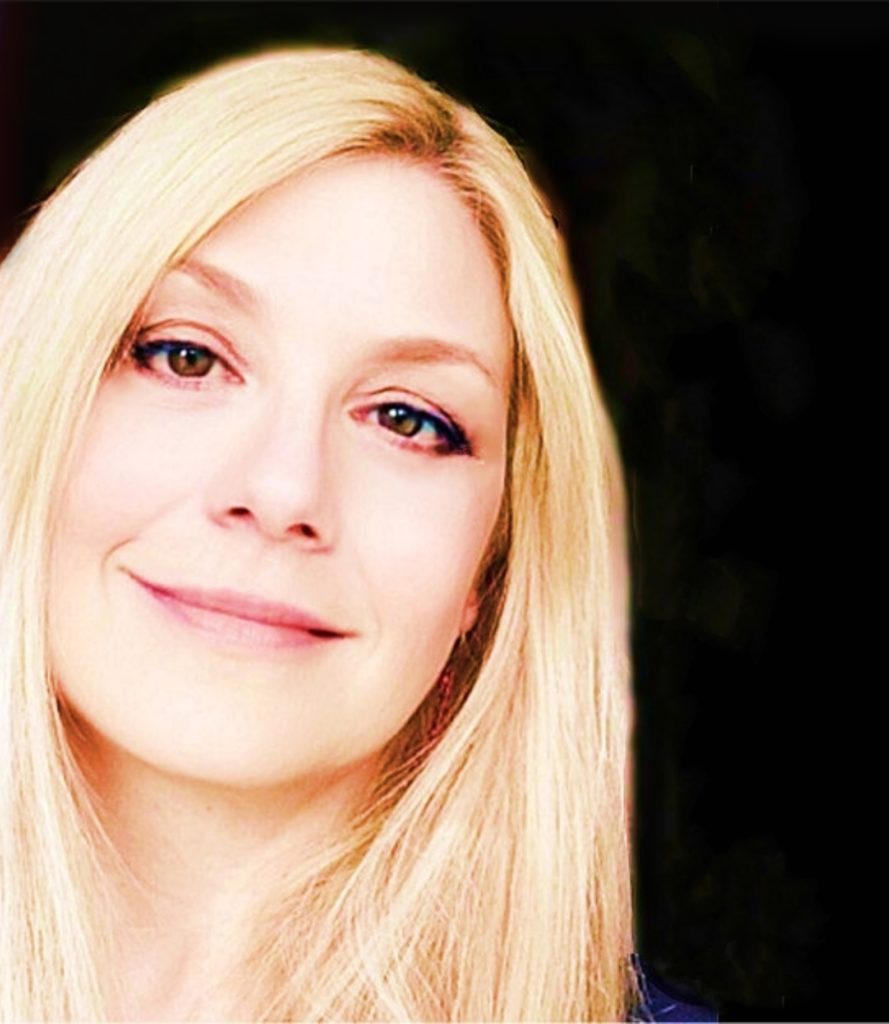
Fluorescenza (2021)
from the composer
Fluorescence is the act, state, or period of flowering, from “florescentia”, meaning “blossoming” related to the Latin verb “florēre” (“to blossom or flourish”) and rooted in the Latin noun “flos,” meaning “flower”, in Italian fluorescenza. The two Primavera paintings at the heart of this project, seem to celebrate color as well as rebirth. Starting with the Botticelli and following through the transformation of the materials that are significant in Charline von Heyl’s work, my response starts with the cello playing the role of ancient lute player, sitting over a musical framework used during the late Renaissance and flowering fully in the Baroque period, used for songs, dances and sets of variations called the La Folia. It is most easily recognized by its trademark chord progression. Beyond the dual meaning of foglia (leaf), the reference to music of an earlier time that morphs into the world of the modern which references a more dramatic stance with large contrasts that grow out of, or “blossom” from, the original chord progression, still hidden in the substructure.
The return of the original material towards the end is an echo that is left after the more modern material spins out all its energy. Leaving a resonance from a period style as a remnant of Boticelli’s period with its florid world (Botticelli is said to have depicted up to 500 identifiable plant species in his work.) The final turn figure, a last reference to the “florid language of the past.” The work is dedicated to Matt Haimovitz, whom I have had the great pleasure of knowing and working with for nearly 15 years, and who is, to my mind and ear and heart, simply the greatest cellist of his generation.
bio
Laura Schwendinger was the first composer to win the Berlin Prize. She is a Professor and Head of Composition at UW-Madison. Her commissions, performances and recordings include those by Dawn Upshaw, the Arditti & JACK Quartets, Jennifer Koh, Janine Jansen, Cygnus, ICE, Eighth Blackbird, New Juilliard Ensemble, American Composers Orchestra, Franz Liszt Orchestra; At the Kennedy & Lincoln Centers, Berlin Philharmonic, Wigmore Hall, Théâtre Châtelet, Carnegie Hall, Miller Theater, Tanglewood, Aspen, & Ojai Music Festivals. Her fellowships include from the Guggenheim, Fromm(2), and Koussevitzky(2) Foundations, Radcliffe Institute, Harvard Musical Association, Copland House, First Prize ALEA III, Awards from American Academy Arts & Letters (2), and fellowships from MacDowell (12), Yaddo (10), Bellagio,Tyrone Guthrie Center, IRE (6) and Bogliasco.
Her music has been called “captivating, darkly attractive, artful..moving”, “serene mystery…of infinite beauty” in the NYT, and having “a sure command of craft”, “shrewd composing..the genuine article, onto the ’season’s best list’ in the Boston Globe. In the New York Times her opera Artemisia was reviewed by Corinna da Fonseca-Wollheim thus, “Artemisia” lasts just 80 minutes, but fits in big themes set to music of quivering intensity…blended with Gentileschi’s unbearably compassionate painting of the biblical character Susanna.” The SFCV review of Artemisia read, “Artemisia is sumptuous on every level…” And of her Albany CD (with JACK), Colin Clarke wrote “the sheer intensity of the music is spellbinding, as if the passion of composer for subject shines through like a light.” Schwendinger’s work is published by Keiser/ Southern.
